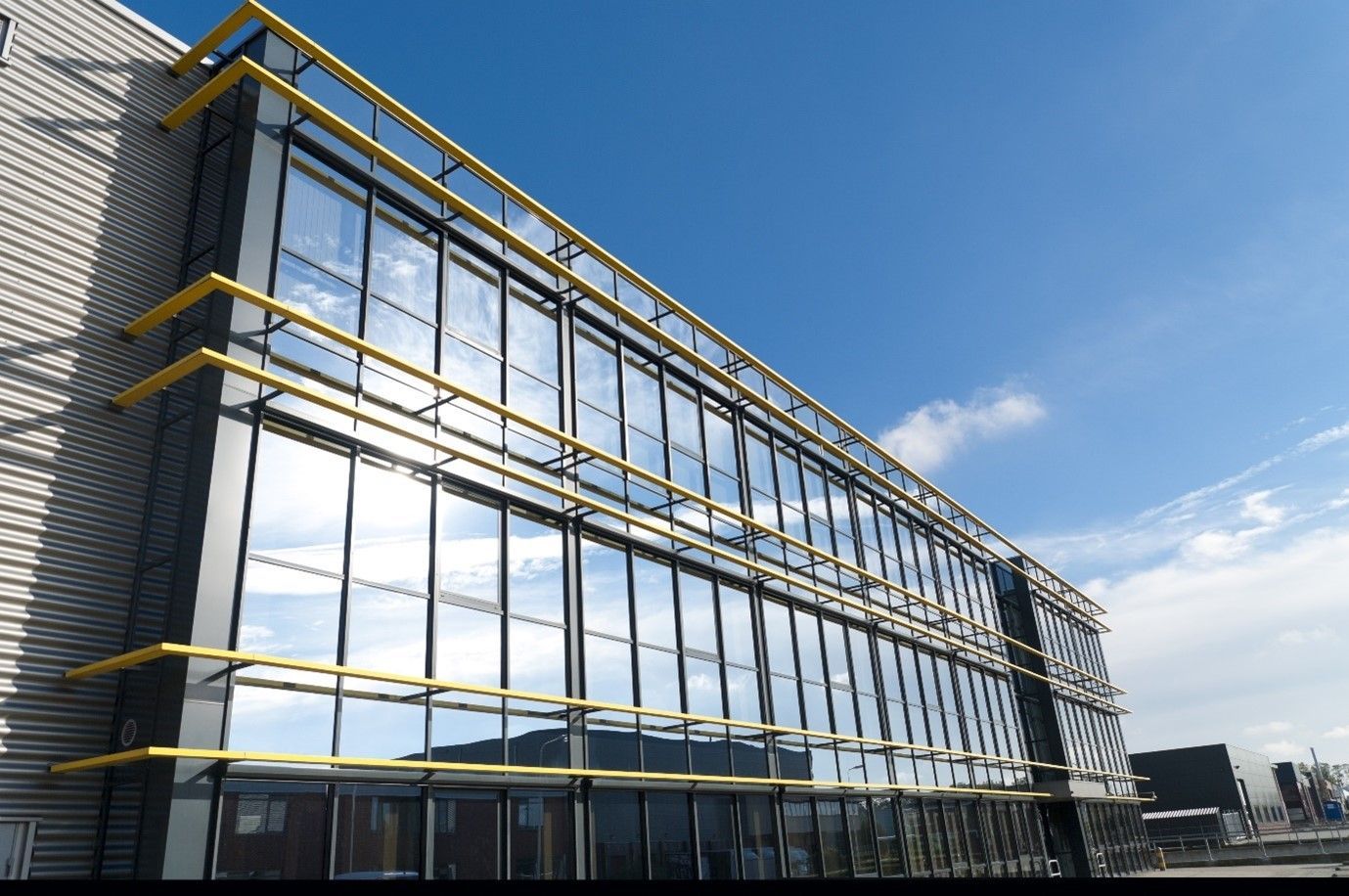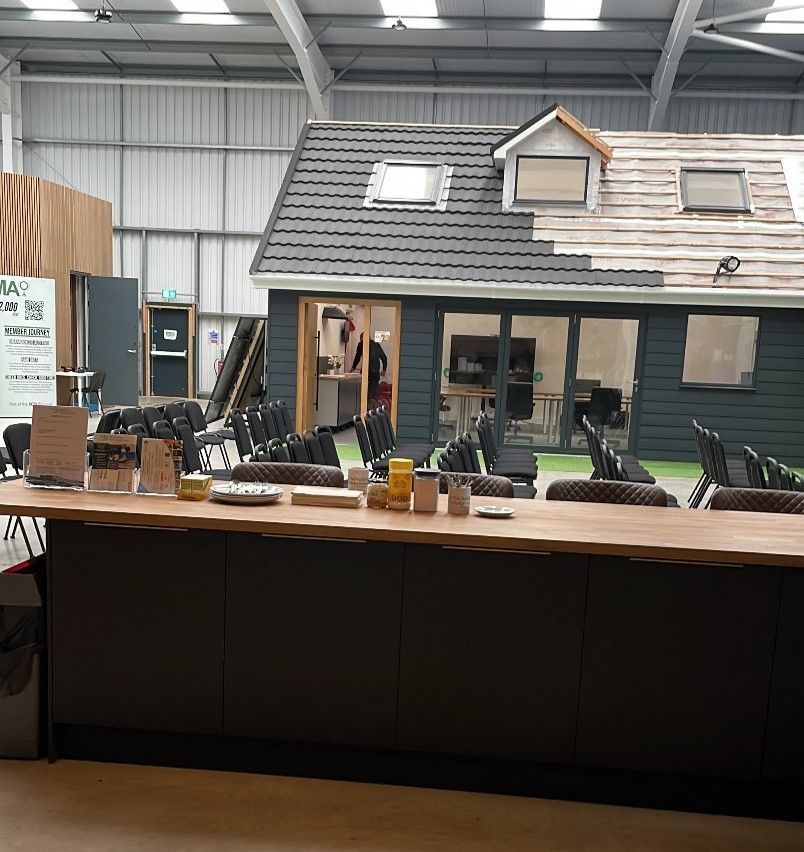Changes to Building Regulations Part F 2021 in Summary
Building Regulations Part F – What do I need to do to pass?
What is building regulations part F?
Building regulations Part F is changing in June 2022 and being prepared will mean that you will comply now, and after the change.
Gradual improvements in the thermal performance and air tightness of buildings has improved thermal comfort whilst, reducing energy consumption.
However, this has increased the amount of internal air pollutants within a home
- Moisture (condensation / mould growth)
- Carbon monoxide
- Allergens (dust mites)
- Odours
- Carbon dioxide
All can adversely affect air quality and the occupant's health unless the correct amount of ventilation is provided.
Therefore, a greater importance is placed on:- “Build Tight – Ventilate Right”
Summery of current Part F
Part F defines four methods of ventilation
- System 1, Background ventilators & intermittent extract fans
- System 2, Passive stack ventilation
- System 3, Continuous mechanical extract
- System 4, Continuous mechanical supply and extract with heat recovery
- Requirement to calculate total equivalent ventilator area via matrix
– Number of Bedrooms vs Total Floor Area
- PIV (Positive Input Ventilation) is provisioned for assuming BCB certified with a BBA Certificate
Summery of key upcoming changes
Part F will reduce the ventilation strategy to a combination of:
- Extract ventilation from wet rooms, be either intermittent or continuously running systems
- Whole dwelling ventilation to provide fresh air to dilute pollutants, either mechanically or via background ventilators
- Purge ventilation to remove high concentrations of pollutants and water vapor
This is in an effort to simplify the regs and make them easier to design and implement.
- Requirement to calculate total equivalent ventilator area on a room-by-room basis
- PIV (Positive Input Ventilation) is not provisioned for unless BCB certified with a BBA Certificate
- Buildings which achieve an air tightness score of 3 or less, are considered highly airtight and will require a continuously running mechanical extract system
Equivalent area ventilators new matrix
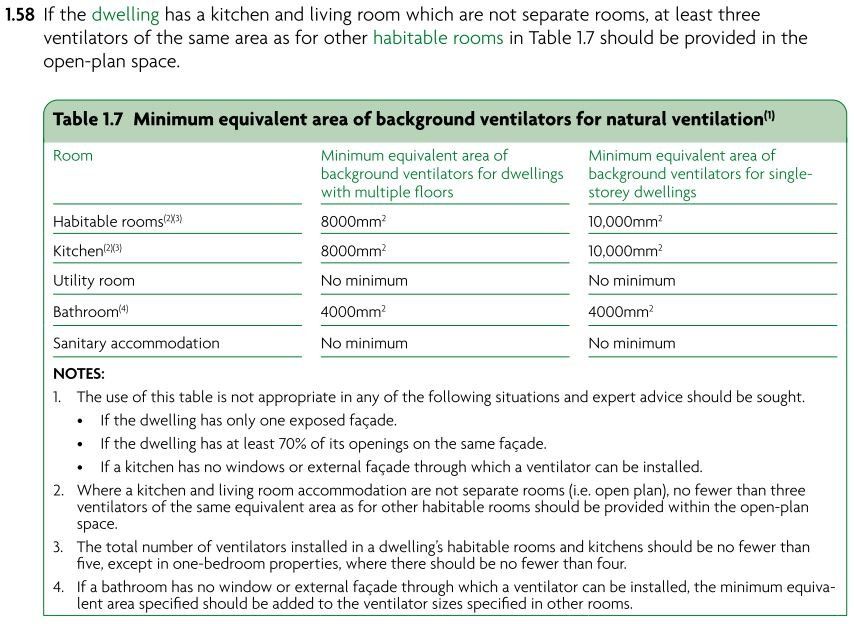
Intermittent Extract Flow Rates (System 1)
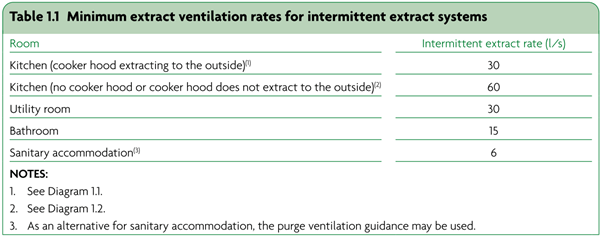
Continuous Extract Flow Rates (System 3/4)
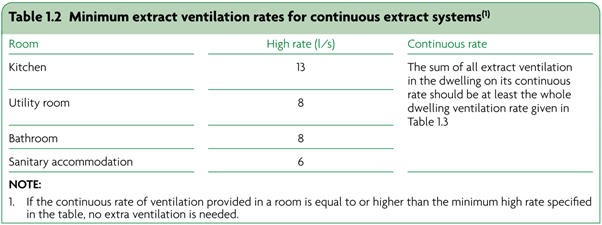
Dwelling Ventilation Targets (System 4)
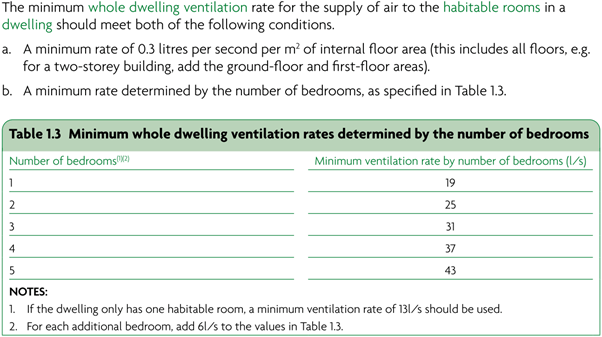
Important Notes on Installation and Testing
- Intermittent extracts require only a single reading to gain compliance.
- Continuous extracts require two readings, and they must also comply with the whole dwelling ventilation rate which must be calculated in advance.
- Mechanical Ventilation with Heat Recovery requires a full set of building calculations plus the testing and commissioning of the installed system.
- Only 1.5m of flexible duct is allowed in any duct run from an axial fan, 3m for centrifugal.
- Must be installed in a location that is accessible for testing and maintenance.
- Insulated ducting in lofts.
- Sufficient background ventilators must be installed for intermittent and continuous extract systems to comply.
- It is not permissible by building regulations to mix intermittent with continuous or MVHR ventilation systems in a single dwelling.
The Testing Process
- Notes are made on the number of extracts in the dwelling
- A hooded vain anemometer with appropriate hood is placed over the extract
- The flow rate of the extract is recorded in Litres Per Second
- The duct will be inspected
- The condition of the duct will be recorded
- Certificates can be issued
The reality of Part F
- Part F compliance has been a legal requirement since 2010
- Approximately 70% of buildings fail the extract rate requirements!!!!!!!
- It has been difficult to get installers out at same time as we do test
- Extract rates for kitchen hoods nearly always comply if straight through walls
- Utility areas are very rarely sized correctly
Most extracts fail, due to :-
- Incorrect sizing of extract fan
- Poor installation
- Long lengths of flexible ducting
If you need any guidance or more detail on what the current and future Building Regulations Part F entails, please get in touch or attend one of our CPDs.
Ashby Energy Assessors Blog and News

